Elastic Potential Energy Examples: Understanding Key Concepts and Uses
What if I told you that there is a magic trick? And if you learn this magic trick, you can become a world-champion archer. With this trick, you can learn exactly how much to draw your bow to hit a target. And this trick is known as “ELASTIC POTENTIAL ENERGY”.

From the simplest children’s toys to complex industrial machinery, elastic potential energy is all around us. But what exactly is elastic potential energy, and how does it work?
In this blog post, we will explore the key concepts of elastic potential energy with very simple examples that will help us understand its everyday applications.
Contents
Chapter 1
What is Elastic Potential Energy?
Whenever we stretch or compress an object from its natural length, a particular type of energy is stored in that object. This type of energy is known as elastic potential energy. And whenever you remove the force that is stretching or compressing the object, this elastic potential energy will be released, causing the object to return to its original length.

The amount of elastic potential energy stored in an object depends on two major factors:
1. The stiffness of the object
2. The amount of stretching or compression caused by the applied force
1. The Stiffness of the Object
The stiffer the object, the more force or work you will need to apply to stretch it, and therefore, more energy will be stored in the spring.
The stiffness of an object, like a spring, is given by the term “spring constant,” usually denoted by the symbol “k”.
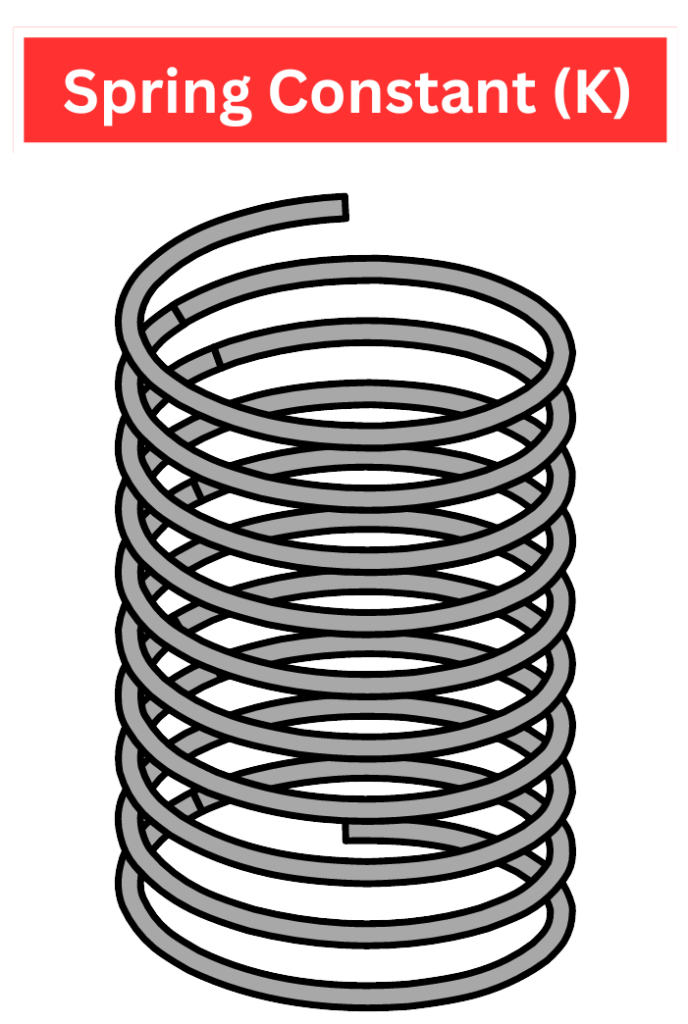
So, the greater the value of “k,” the more Elastic Potential Energy will be stored.
2. The Amount of Stretching or Compression (Deformation)
Similarly, if you want to deform an object like a spring by a large amount, you will need to do a large amount of work. Therefore, the more you deform the object, the more elastic potential energy will be stored in that spring.
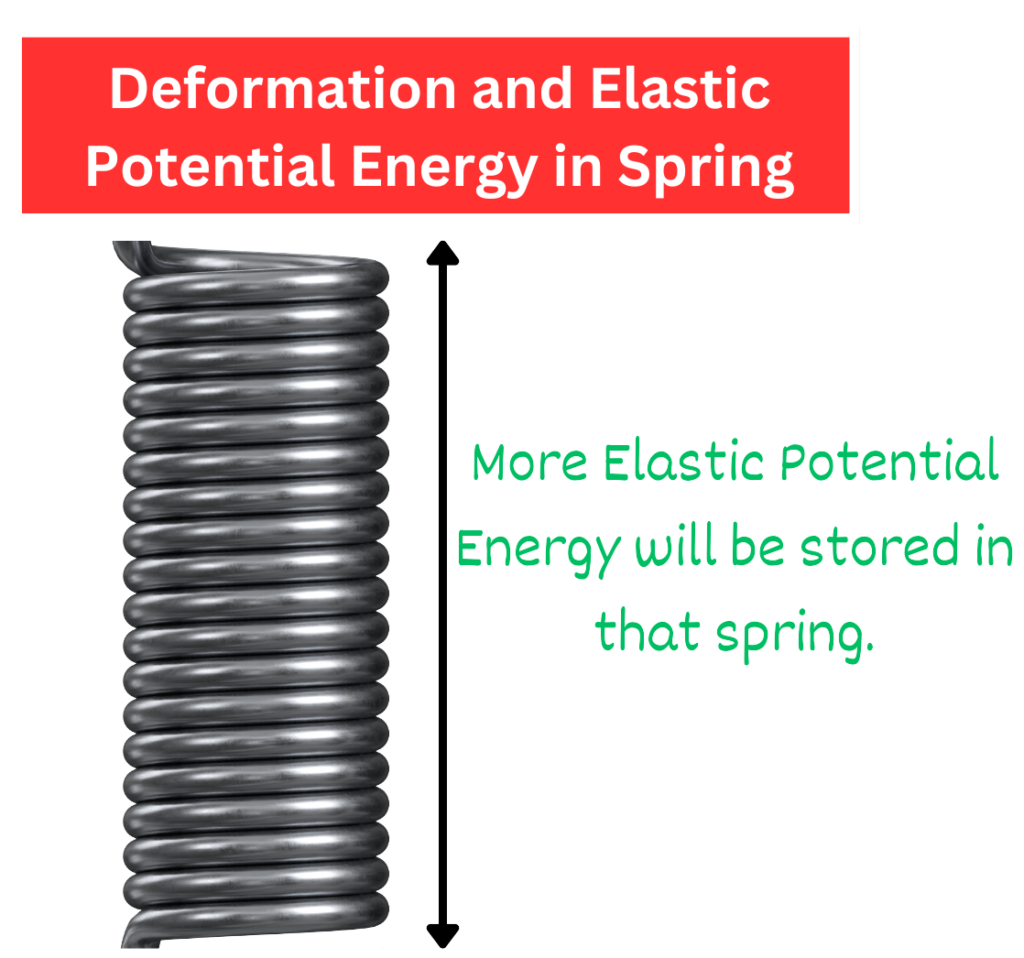
When we combine these two factors, we get the formula for Elastic Potential Energy:
EPE = 1/2 kx2
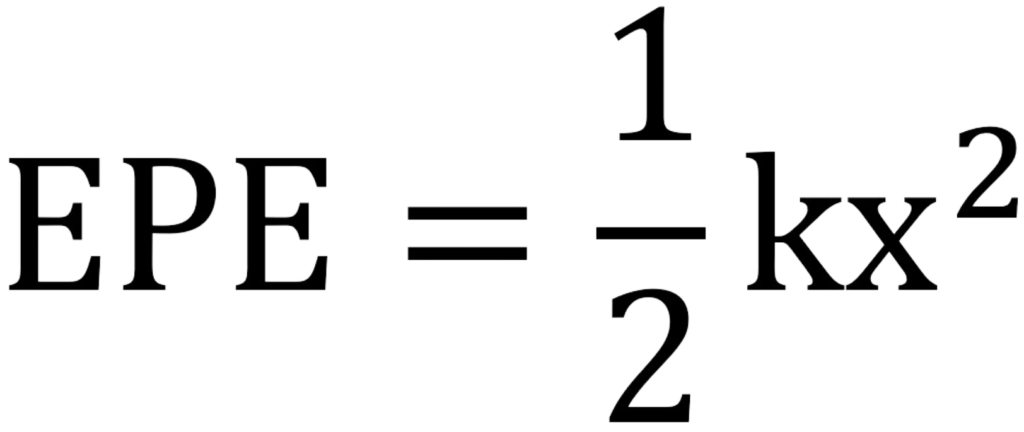
Where:
- EPE refers to elastic potential energy (measured in Joules).
- k refers to the spring constant (measured in Newtons per meter, N/m).
- x refers to the deformation from the natural length (measured in meters, m).
Chapter 2
Everyday Examples of Elastic Potential Energy
To better understand elastic potential energy, let’s look at some very simple real-life examples:

1. Springs
A spring is a twisted piece of metal or other material that you can stretch or compress, but then it will bounce right back to its original shape.

So, whether it’s in your car’s suspension, inside your mattress, or in a ballpoint pen, the spring is like a tiny superhero that can stretch and compress, always ready to snap back and keep things in balance. Whenever we compress a spring, we need to apply a force that does work and stores energy in that material. This stored energy is then released when the spring returns to its natural shape, allowing it to perform work.
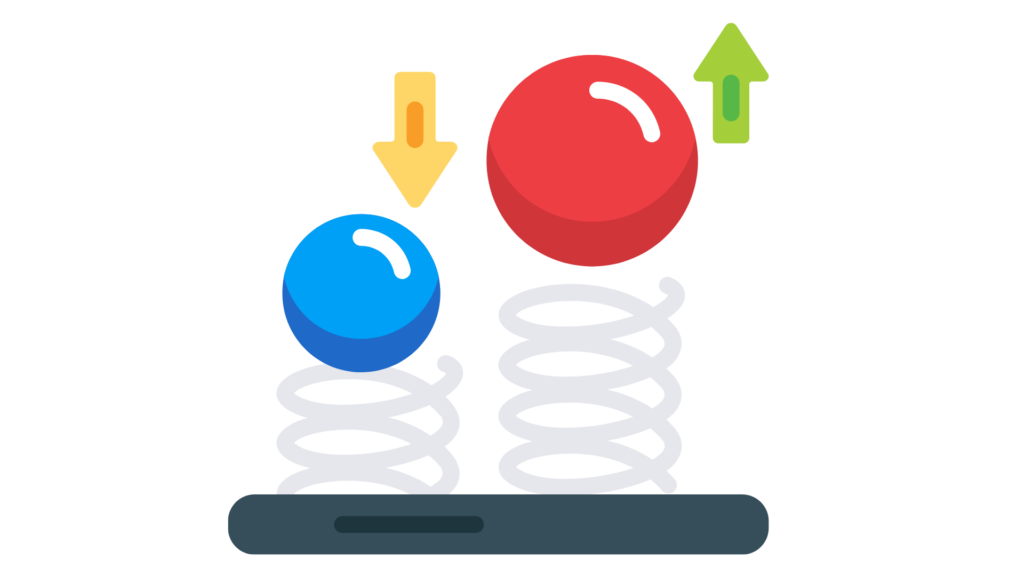
Let’s take an example of a car’s suspension system: You’re driving along, enjoying a peaceful drive, when suddenly—BAM!—your car hits a pothole. At that time, the spring in your car’s suspension system absorbs the shock from the bump, temporarily storing the energy.
When compressed, springs store energy as elastic potential energy. Once this bump is over, they will release this energy, pushing the car back to its normal position.
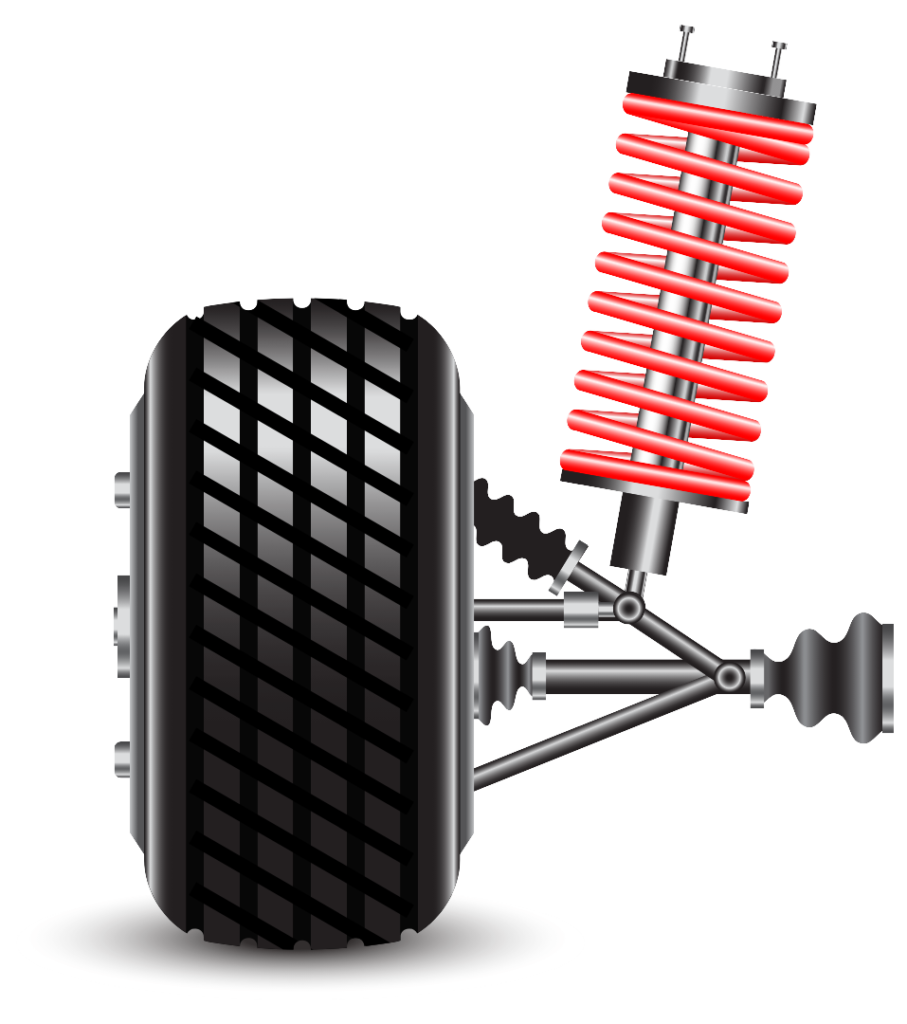
2. Rubber Bands and Slingshots
Rubber bands and slingshots are two classic examples of elastic potential energy in action.
Whenever we stretch a rubber band or the elastic component of a slingshot, we store energy in that material. Upon release, this stored energy is converted into kinetic energy, propelling the object forward.
This principle is utilized in many toys and simple devices, which show the transformation of stored elastic potential energy into motion.

3. Trampolines
Trampolines are another fun and engaging way to experience elastic potential energy. The trampoline consists of a mat and springs that work together to store energy when you jump on it.
As you land on it and the mat stretches downward, elastic potential energy is stored in both the mat and the springs. This energy is then released, propelling you back into the air, converting the Elastic Potential Energy into Kinetic Energy.
Now it goes on in a loop. You land on a trampoline, and your kinetic energy gets converted into Elastic Potential Energy. This energy is then released, pushing you back into the air and converting into kinetic energy. This loop keeps on going.

4. Bow and Arrow
At the beginning of the blog, we discussed the Bow and Arrow. The bow and arrow is a classic example of elastic potential energy.
When you draw a bow, you apply force to stretch the bowstring and bend the bow limbs. This deformation stores elastic potential energy in the bow.

Upon releasing the string, the stored energy is transferred to the arrow, propelling it forward with great speed.

In short, you do the work to bend the bow limbs, which gets converted into elastic potential energy. Finally, upon release, this elastic potential energy gets converted into the kinetic energy of the arrow. If you can effectively master these forms of energy, your arrow can reach any target.
5. Diving Boards
Diving boards at swimming pools are another perfect example that uses elastic potential energy to provide the necessary bounce for divers.
When a diver jumps onto the end of the board, it bends under the weight, storing elastic potential energy. When the board rebounds, this stored energy is released, propelling the diver into the air.

The elasticity of the diving board determines how much energy can be stored and later released, deciding the height and distance the diver can reach.
Chapter 3
Industrial and Technological Applications
Beyond everyday examples, elastic potential energy is also critical in various industrial and technological applications.
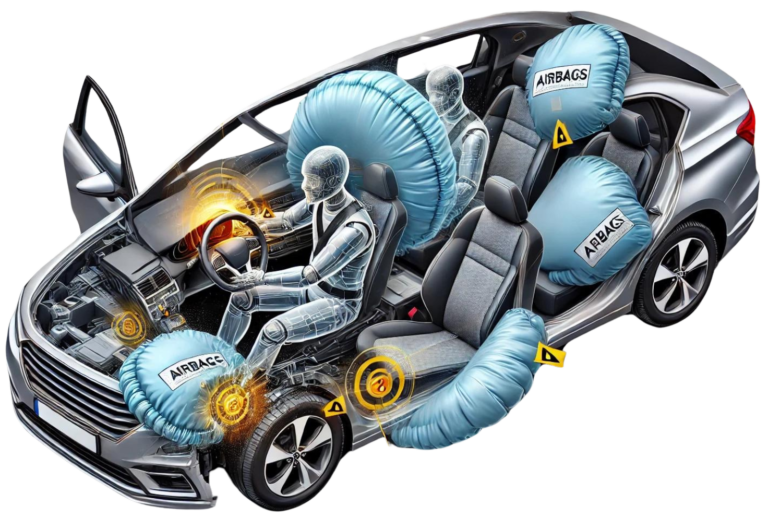
1. Shock Absorbers in Vehicles
We have already discussed shock absorbers in vehicles. Shock absorbers in vehicles use springs and dampers to manage energy from impacts and vibrations.
When a vehicle encounters a bump, the shock absorber’s spring compresses, storing elastic potential energy. This energy is then gradually released, ensuring the car returns to its normal position.
Without this energy-absorbing capability, vehicles would experience much harsher rides and less control over rough terrain.
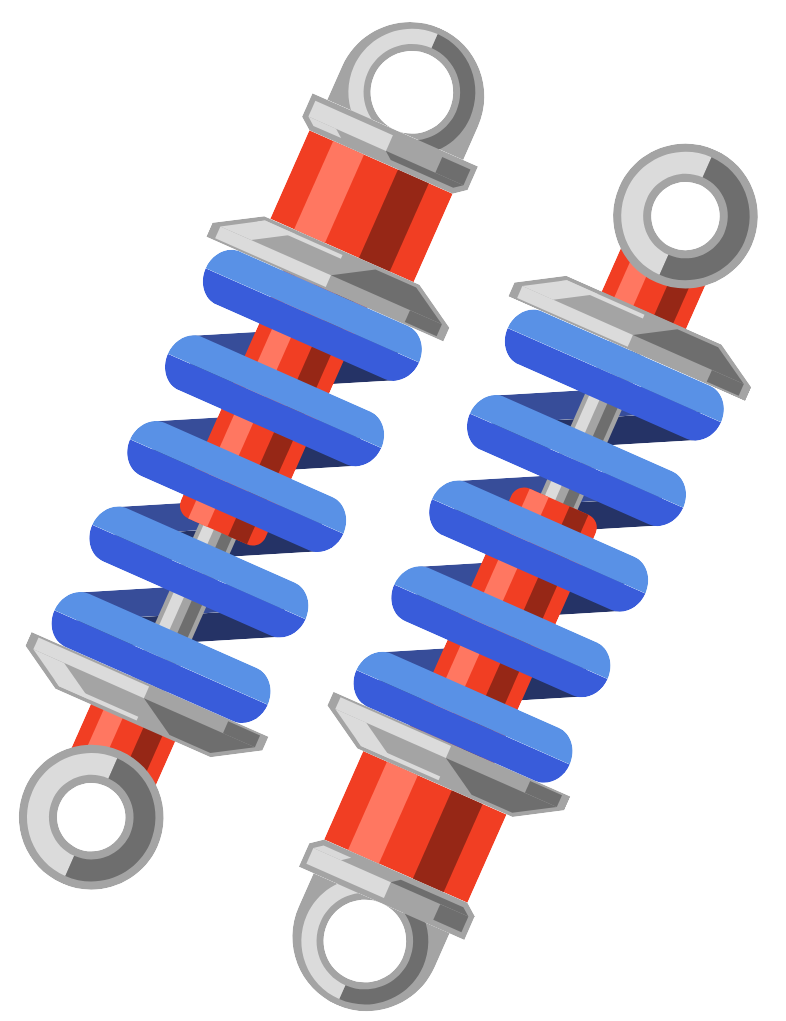
2. Seismic Dampers in Buildings
In earthquake-prone areas, buildings are often equipped with seismic dampers designed to absorb and dissipate energy from ground movements. These dampers use the principles of elastic potential energy to reduce the impact of seismic waves.

When the ground shakes, the dampers deform, storing elastic potential energy. This energy is then released in a controlled manner, reducing the overall movement of the building and helping to prevent structural damage.
Chapter 4
Conclusion
To sum it up, elastic potential energy is a versatile and essential concept in both everyday life and advanced technological applications. By understanding how elastic potential energy works through its various examples, we can gain a deeper appreciation for the concept of materials.

So, whether it’s the bounce of a trampoline or the use of seismic dampers, elastic potential energy enables countless processes and innovations that shape our daily experiences and improve our quality of life.
You too can understand this concept and design a new, innovative way in which elastic potential energy can be used to improve the quality of life.


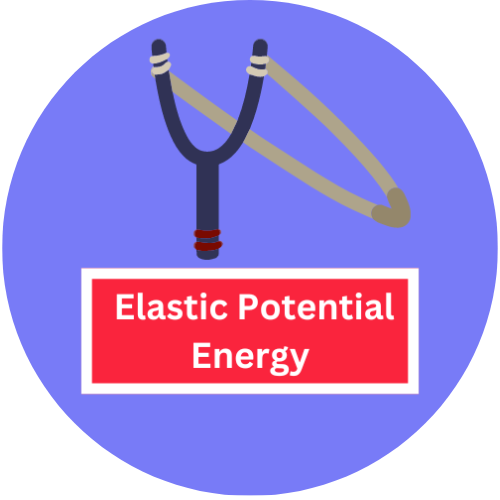




Reading your work feels like stepping into a quiet space where everything makes sense, even the things that were once unclear.